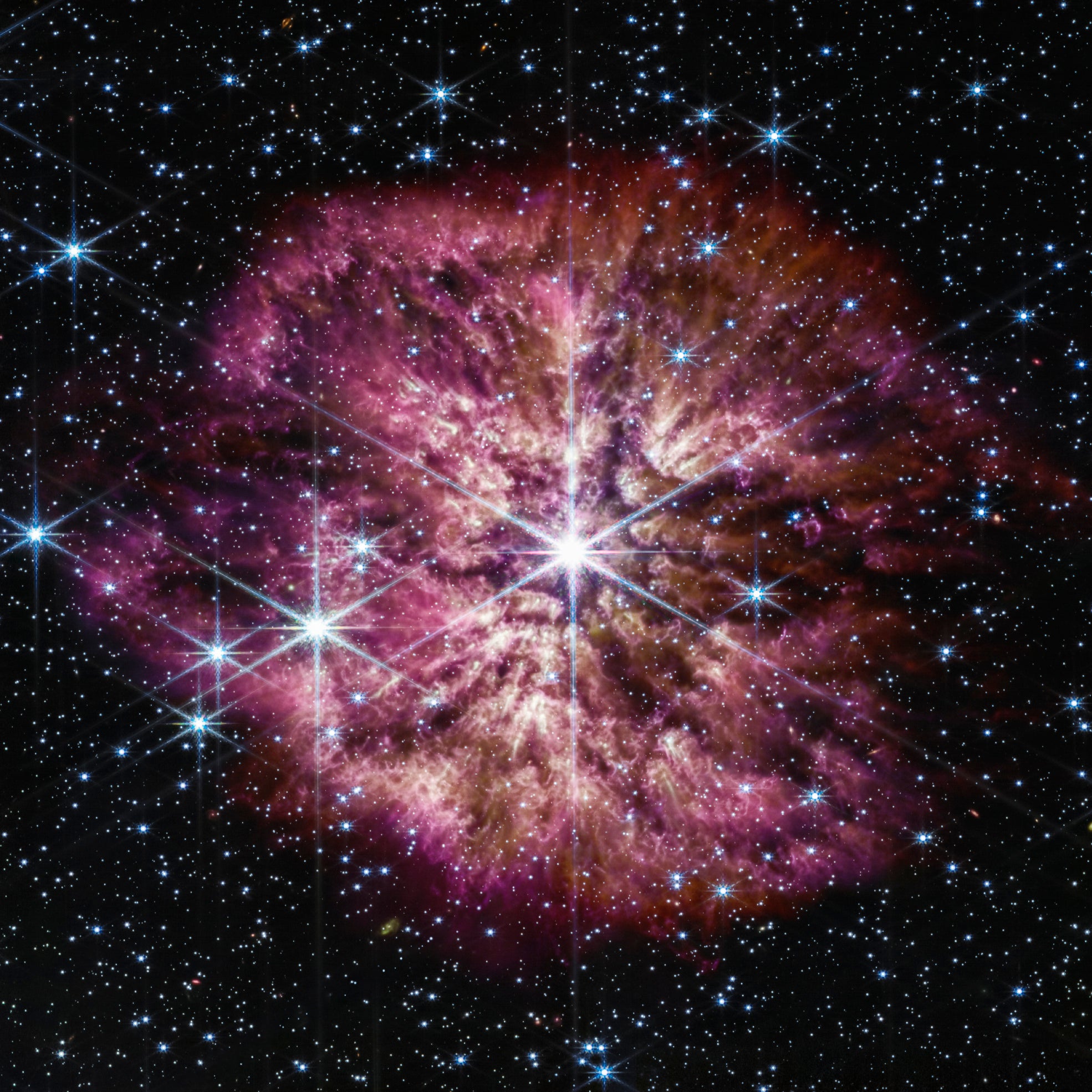NASA Webb telescope captures star on cusp of death
The Webb Space Telescope has captured the rare and fleeting phase of a star on the cusp of death

Your support helps us to tell the story
From reproductive rights to climate change to Big Tech, The Independent is on the ground when the story is developing. Whether it's investigating the financials of Elon Musk's pro-Trump PAC or producing our latest documentary, 'The A Word', which shines a light on the American women fighting for reproductive rights, we know how important it is to parse out the facts from the messaging.
At such a critical moment in US history, we need reporters on the ground. Your donation allows us to keep sending journalists to speak to both sides of the story.
The Independent is trusted by Americans across the entire political spectrum. And unlike many other quality news outlets, we choose not to lock Americans out of our reporting and analysis with paywalls. We believe quality journalism should be available to everyone, paid for by those who can afford it.
Your support makes all the difference.The Webb Space Telescope has captured the rare and fleeting phase of a star on the cusp of death.
NASA released the picture Tuesday at the South by Southwest conference in Austin, Texas.
The observation was among the first made by Webb following its launch in late 2021. Its infrared eyes observed all the gas and dust flung into space by a huge, hot star 15,000 light-years away. A light-year is about 5.8 trillion miles.
Shimmering in purple like a cherry blossom, the cast-off material once comprised the star's outer layer. The Hubble Space Telescope snapped a shot of the same transitioning star a few decades ago, but it appeared more like a fireball without the delicate details.
Such a transformation occurs only with some stars and normally is the last step before they explode, going supernova, according to scientists.
“We’ve never seen it like that before. It’s really exciting,” said Macarena Garcia Marin, a European Space Agency scientist who is part of the project.
This star in the constellation Sagittarius, officially known as WR 124, is 30 times as massive as our sun and already has shed enough material to account for 10 suns, according to NASA.
___ The Associated Press Health and Science Department receives support from the Howard Hughes Medical Institute’s Science and Educational Media Group. The AP is solely responsible for all content.